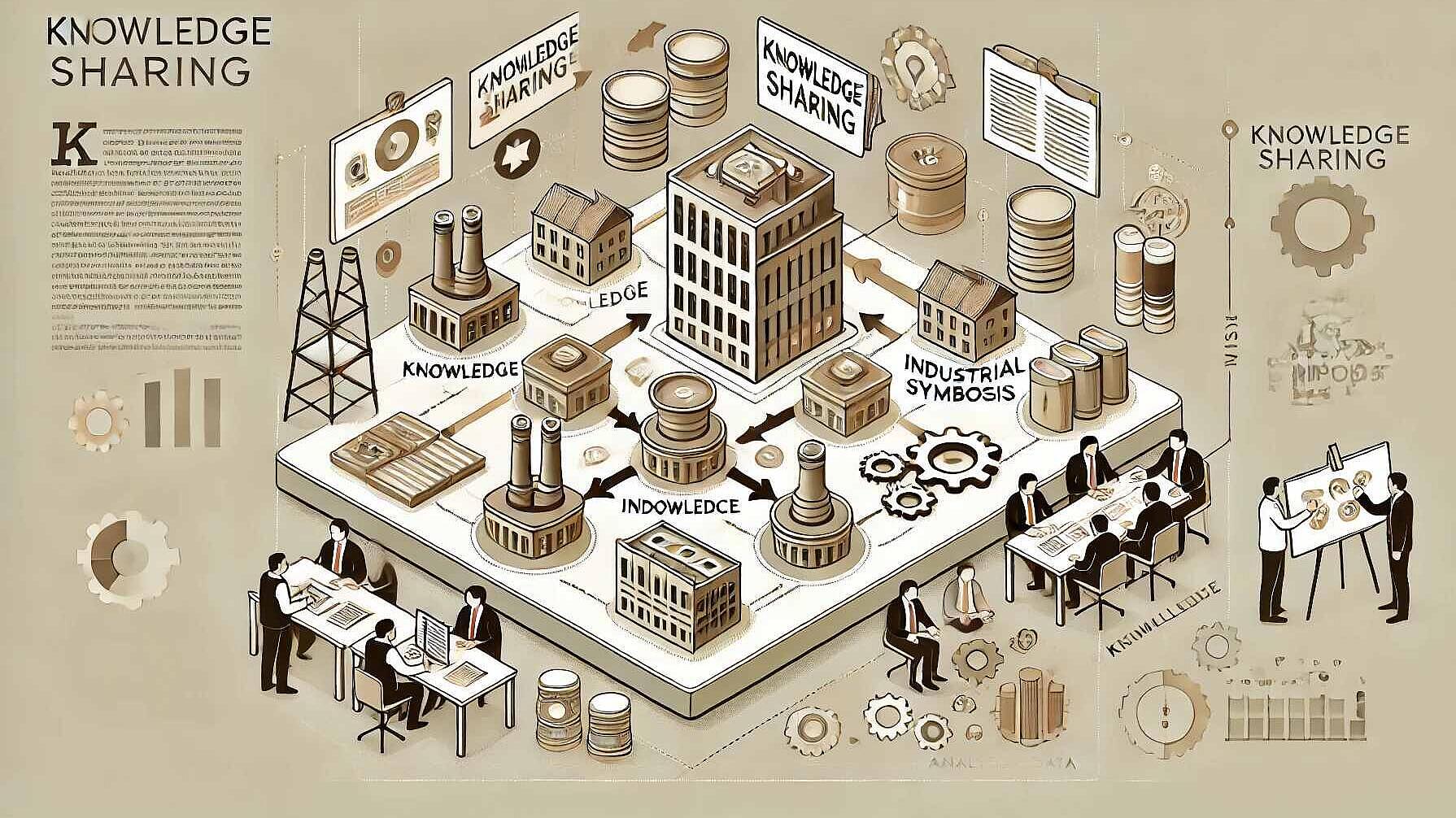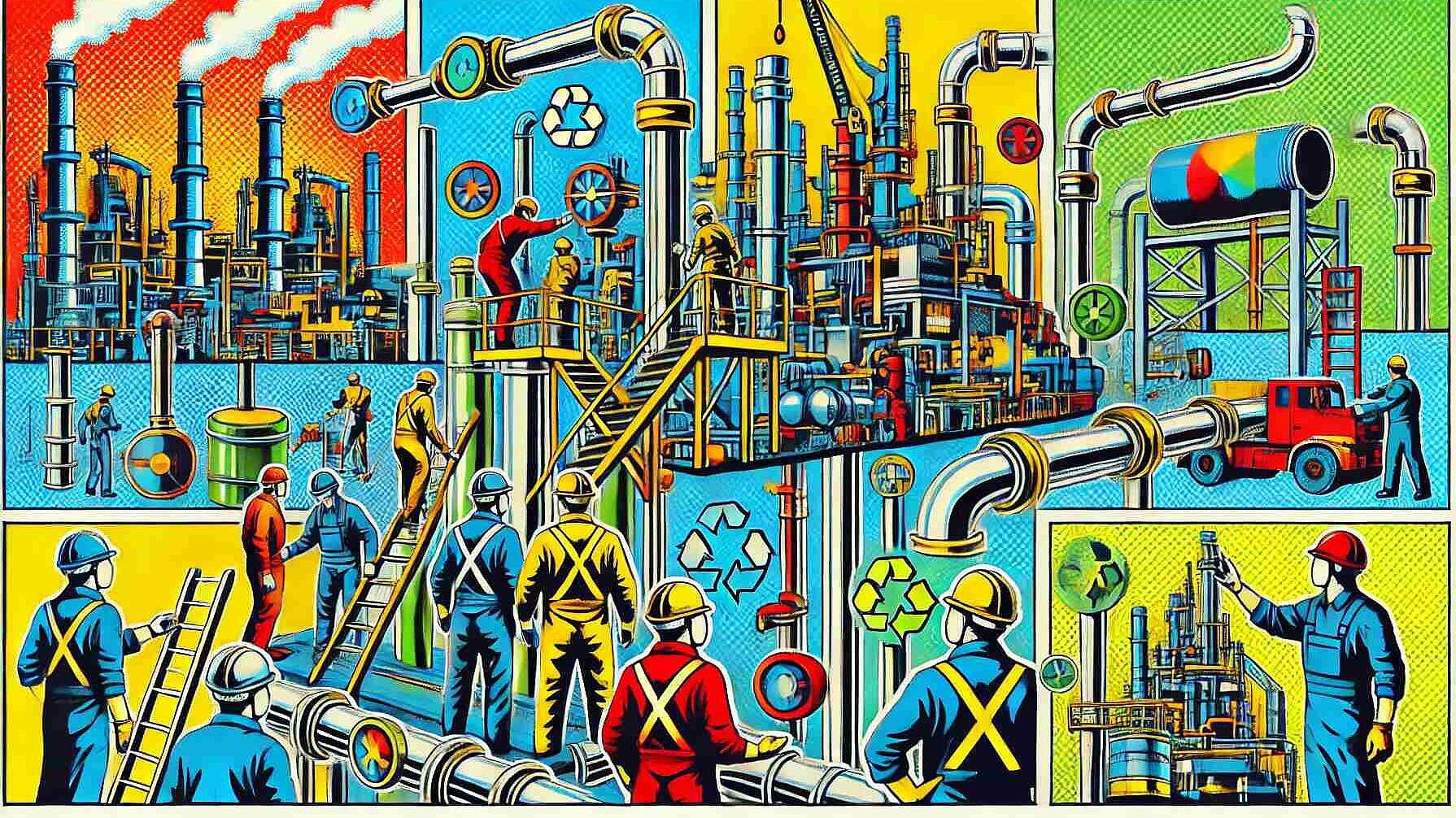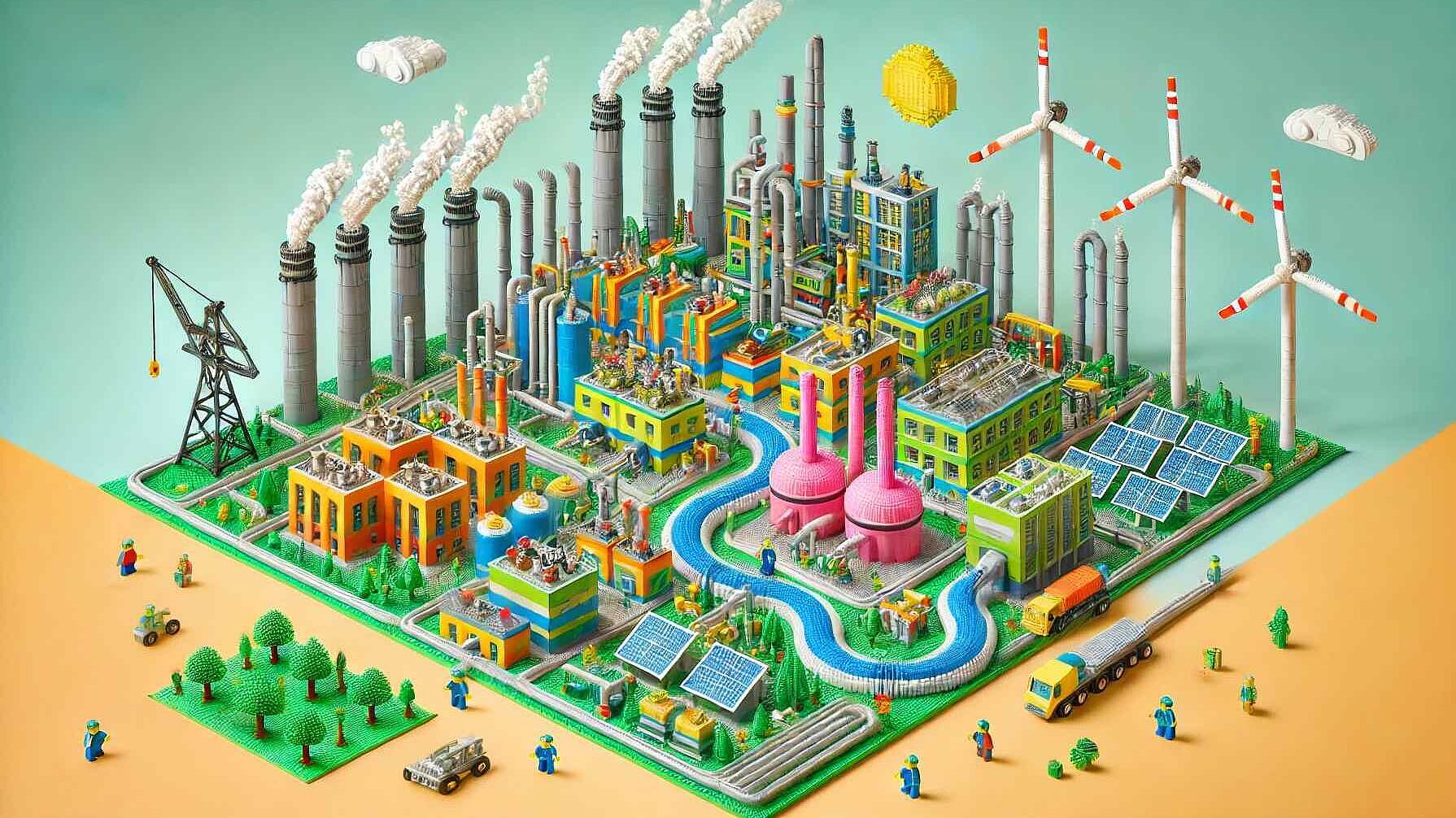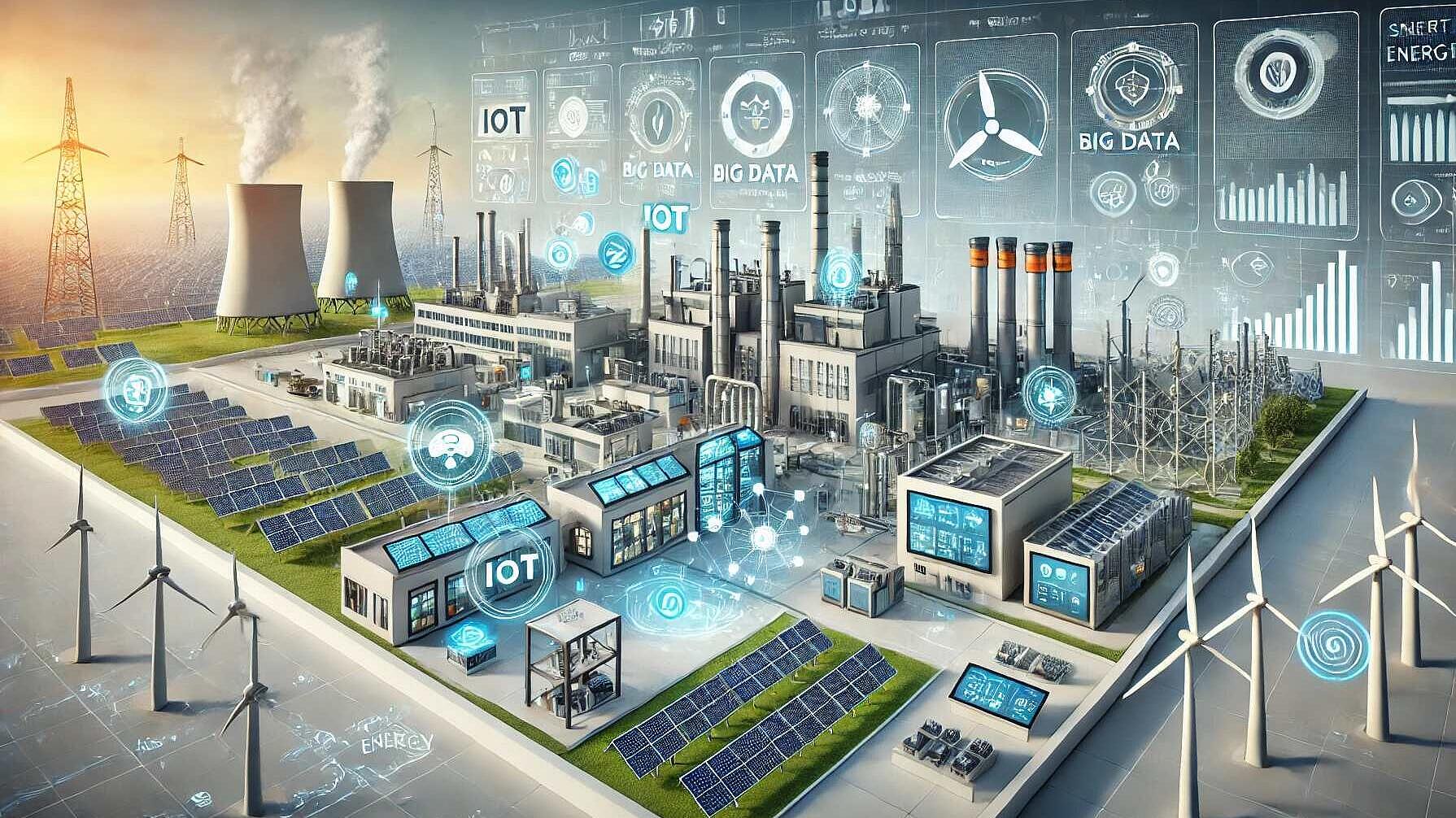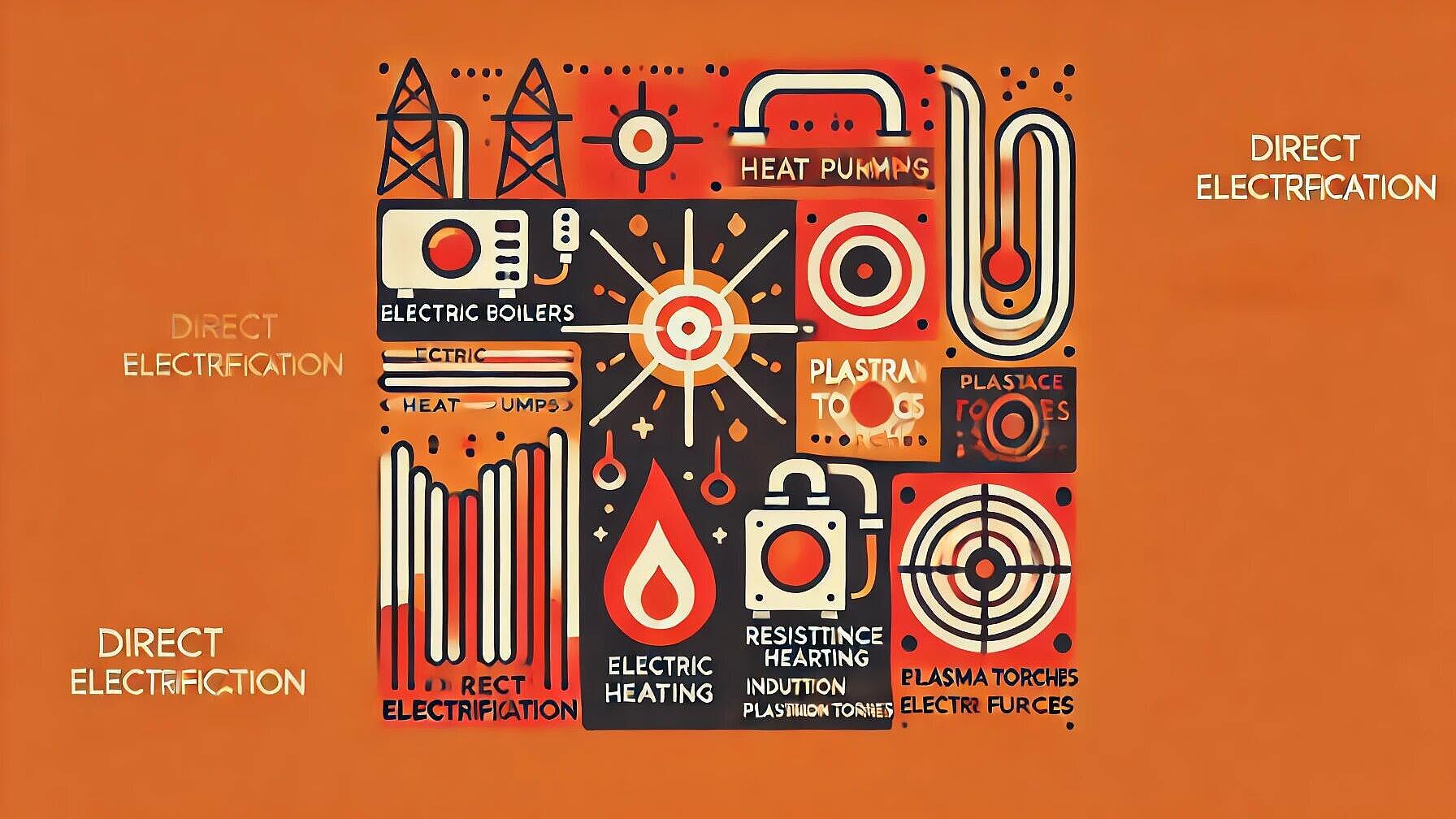 Articles
ArticlesIndustrial symbiosis (IS) is transforming how industries operate, fostering interconnected networks that support sustainability and efficiency. The evolution of IS shows a shift from traditional industrial parks to complex, decentralized networks leveraging digital platforms and advanced analytics to optimize resource utilization. These advancements are recognized for their potential to contribute to the circular economy and reduce emissions. The transition to effective IS networks involves overcoming knowledge barriers, a challenge primarily addressed by the roles of facilitators. These facilitators act as knowledge brokers, connecting firms with aligned interests and capabilities, and work as trust builders to ensure open and secure communication among participants. They also function as capacity developers by enabling firms to engage effectively in IS through training and technical guidance, serve as innovation catalysts by fostering new technologies, and act as policy navigators to aid in regulatory compliance. Real-world examples like Kalundborg in Denmark and the UK's NISP illustrate facilitators’ impact in actualizing economic and environmental benefits through resource exchange and waste reduction. Looking ahead, as digital transformation and climate change considerations become more pressing, facilitators' roles are expanding, presenting new opportunities for those interested in sustainability careers. Engaging with knowledge-sharing organizations and staying informed on technological advancements in IS are ways for young professionals to contribute to sustainable industrial practices.
Read Full articleIndustrial Symbiosis And How To Engage Stakeholders
The CORALIS project highlights the importance of stakeholder engagement in promoting industrial symbiosis (IS) through participatory processes, as demonstrated in case studies from Spain, Austria, and Turkey, to overcome IS adoption barriers and foster sustainable industry practices.
Read Full articleHarnessing Industrial Symbiosis For Sustainable Growth and Circular Economies
Industrial symbiosis (IS) promotes sustainability via resource-sharing among firms, yet faces challenges in implementation due to economic, regulatory, and technological barriers. Future success depends on innovation, policy support, and cross-sector collaboration to overcome these hurdles.
Read Full articleIndustrial Symbiosis: A Pathway to Sustainable Industry through CORALIS
The CORALIS project demonstrates how industrial symbiosis (IS) facilitates decarbonization by enabling cross-industry collaboration, leading to resource optimization and sustainability enhancement across European demonstrators. Key findings highlight the importance of managerial frameworks, trust, stakeholder engagement, and local authority support in successful IS implementation.
Read Full articleIndustrial Symbiosis: A Transformative Approach for Sustainable Industry
The CORALIS report on industrial symbiosis (IS) highlights its benefits, like reducing CO2 emissions and waste through cross-sector collaboration. Successful cases and digital platforms facilitate IS, but adoption challenges persist. Future IS policies could further sustainability and create jobs in new industries.
Read Full articleBuilding Lasting Symbiotic Relationships: Business Agreements in Industrial Symbiosis
The article addresses the importance of structured business agreements in industrial symbiosis (IS), categorizing IS relationships by engagement level and outlining key considerations for agreements including ownership, responsibilities, liabilities, risk management, governance, contractual terms, and adaptability based on the CORALIS project.
Read Full articleTop Circular Economy Trends & Innovations
This study explores the circular economy's waste-to-resource concept and analyzes startups impacting it. Key trends include waste upcycling, IoT-optimized waste management, AI-powered sorting, and blockchain for traceability. Circular economy startups are prominent in Western Europe, with growing activity in the US and Asia, particularly China and India.
Read Full articleDigital Transformation in Industrial Energy Efficiency: Insights for European Companies
European industries use digital tools for energy efficiency, as per a report with nine case studies, highlighting big data, AI for maintenance, demand response programs, collaboration importance, addressing high costs, and skill gaps, offering guidance for integrating technologies and fostering innovation for sustainability.
Read Full articleThe Intersection of Energy and AI: Insights from the IEA Global Conference
The IEA's Global Conference on Energy and AI highlighted the reciprocal relationship between both fields, focusing on AI's role in optimizing energy use and enhancing renewable energy adoption, while also acknowledging AI's growing energy demands. Key discussions addressed electricity consumption by data centers, advancements in battery tech, smart grid optimization, predictive capabilities for natural disasters, and international perspectives from companies and governments on AI-driven energy strategies. The IEA stressed its commitment to providing actionable data and fostering stakeholder dialogue to align AI with energy system realities, and announced a comprehensive energy-AI report for 2025.
Read Full articleElectrifying Industry: The Path to Decarbonizing Process Heat
The Agora Industry study outlines direct electrification's potential to fulfill 90% of industry's non-electrified energy demands in Europe by 2035, highlighting a key opportunity for CO2 reduction and progress towards EU climate targets.
Read Full article